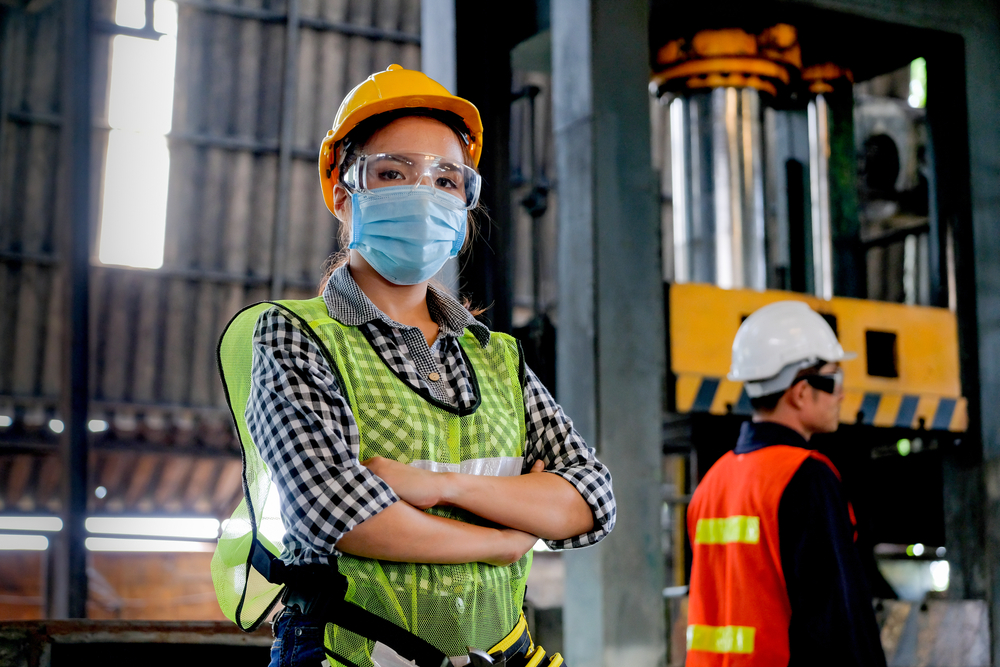Our experts at EHS Hero® recently received a subscriber-submitted question regarding guidance to prevent heat illness, specifically for those workers who are wearing masks as a means of COVID-19. Read on to see what our experts had to say.
Q: With summer temperatures on the rise and a growing focus on heat related illness, is there any safety guidance for workers who continue to wear cloth face masks as a means of COVID-19 prevention?
The CDC and Cal/OSHA have provided some guidance on the topic. Face masks may increase the risk of heat stress when working in hot conditions. General guidance recommends allowing employees to remove face masks when working in hot conditions if safe social distancing can be maintained. If employees cannot maintain enough distance from one another to make it safe to remove masks, the employer can take other measures to reduce the risk of heat stress, such as increasing breaks, reducing work schedules, and scheduling demanding tasks for cooler parts of the day.
The use of face masks and social distancing to prevent the spread of COVID-19 can also pose challenges in identifying signs of heat stress. Many employers use a buddy system in which pairs of workers monitor one another throughout the shift for signs of heat stress. The increased distance necessitated by COVID-19 can make it more difficult to accomplish this, and face masks can pose an additional challenge by making the signs of heat stress more difficult to recognize. In order to account for these challenges, employers may need to rely less on visual monitoring and more on verbal conversations and questions to stay in contact with workers and ask them about signs and symptoms of heat stress throughout the work day.
The use of face masks means that employers with workers exposed to heat stress hazards must be extra diligent in maintaining the standard precautions for preventing heat illness: monitoring the heat index and adjusting work activities accordingly, ensuring that workers have an adequate supply of fresh, cool water and opportunity to consume it, encouraging workers to take frequent cool-down breaks, and ensuring that workers have access to a shaded area. Employers may need to stagger break schedules or provide additional shaded space to ensure that social distancing can be maintained during breaks. Rather than providing a single communal water supply, employers might consider offering bottled water to employees.
| Ask the Expert is a service provided to subscribers of BLR®’s EHS Hero product, where experts are ready with answers to your organization’s unique questions surrounding EHS compliance. To learn more and request a trial of EHS Hero, click here. |

